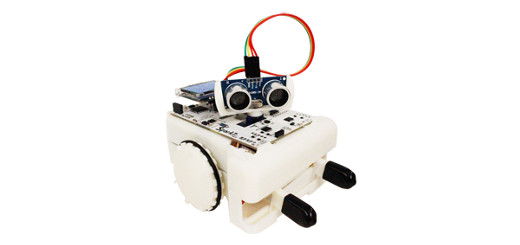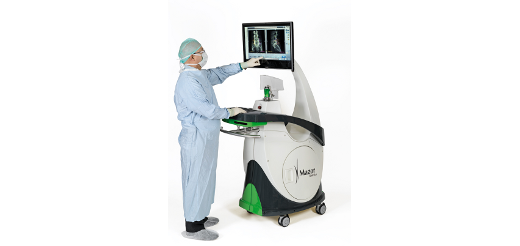Start-ups ride wave of cheap, powerful consumer devices
In our recent conversation with Sam Park, vice president and chief technology officer at South Korea’s Yujin Robot, Park emphasized that his company is looking for ways to remove complexity from its robots by replacing it with technology that is already available in most homes. The most obvious example of this idea is using a smartphone or tablet as the brains and display of a robot, thus significantly reducing its cost.
For Yujin, a well-established robotics company, this is a smart strategy; for many smaller robotics start-ups, it’s absolutely essential to their ability to get off the ground at all.
Take, for example, the company Swivl, which just today announced it has raised $500,000 from venture capital firm Grishin Robotics. Swivl produces a motion-tracking camera dock compatible with a variety of iOS devices. Without an iPhone, it’s a small twisting stand that’s not much use. However, once you plug in the $600 computer you have sitting in your pocket, it’s a robust little device that allows you to record presentations without a cameraperson or monitor lectures remotely. And by removing the hardware required to do the actual recording, the company can afford to charge just $199 and operate the base on two AA batteries.
Another prominent example of the same phenomenon is Romo, a robot toy that uses an iPhone brain to accomplish some pretty complex tasks: Romo boasts sophisticated face detection and can be controlled remotely from anywhere in the world. The iPhone does most of the heavy lifting, which is why Romo’s inventors can afford to charge just $149.
One disadvantage of using another company’s technology is that you’re also subject to its whims. Changes to the iPhone’s design can quickly render a robot incompatible — Romo, for example, works with the iPhone 4 and 4S but not the newer iPhone 5.
Still, as was also the case with yesterday’s announcement that the new Microsoft Xbox will feature an updated Kinect sensor, it’s clear that robotics benefits greatly from today’s proliferation of powerful and cheap consumer devices.
[ photo courtesy of Swivl ]



